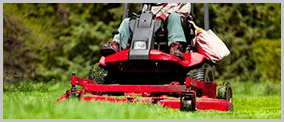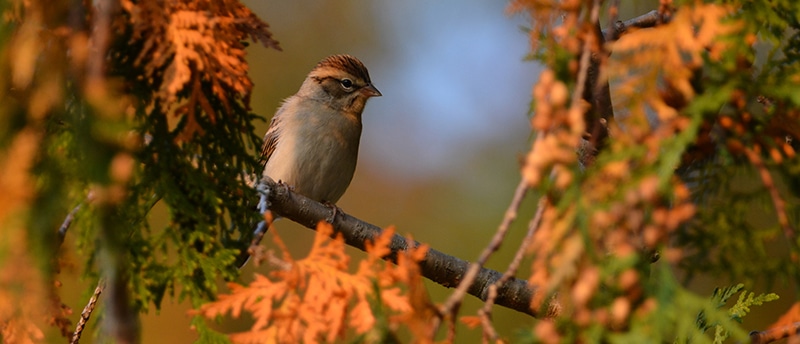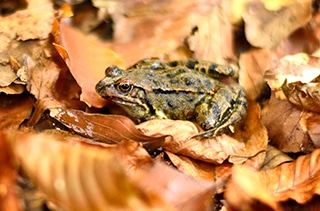Fall cleanup might seem like a small task in landscape maintenance. However, getting your yard ready to thrive in the following winter and spring is essential. It is the ideal time to clean up all the debris in your yard and keep it away from rot and disease problems. You may even find this task as a therapy when you are out in nature.
If you ask a professional landscaping service, fall yard cleanup is essential for a healthy and clean environment. A little more attention to the routine also benefits the local wildlife. This article will help you look at the little-known advantages.
3 Important Benefits of Fall Clean Up
Prepare for Spring
Removing weeds, cleaning up dead material and spreading fresh mulch sets the foundation for your plants and trees to flourish in the spring. This also ensures that you protect your yard from pest infection.
A Seasonal Fall Clean-Up Protects Your Turf
If you want healthy turf, it is important to clean up the fallen leaves and use them as compost. A layer of debris over the turf will not allow water, sunlight, and air to pass through, which can cause diseases and unattractive brown patches.
Fall Clean-Up Reduces Disease Spread in Spring
Eliminating weak, dead, and diseased plant material in the fall reduces the risk of bacterial and fungal infections in spring. You can convert any rotted plant material, unharvested fruits, and dead branches into compost to prepare for a healthier winter and blossoming spring.
6 Ways a Careful Fall Clean-Up Can Benefit Wildlife
Bees Hibernate Underground
Queen bumblebees hibernate in underground burrows and wake up in spring to start nesting. But layers of mulch will not allow them to build a nest. You can save some areas in your yard by not mulching where it is not needed.
Others may spend the winter in the hollow stem of an ornamental plant or under a piece of peeling tree bark. Native bees are important pollinators, so you should consider providing them with their much-needed habitat, such as leaving 12 to 15 inches of stalk stubble standing as a nesting site.
Butterflies Hibernate in Fallen Leaves
Many insects and butterflies, such as swallowtails and luna moths, hibernate in fallen leaves and stalks. The plant material provides insulation to the animals overwintering in the ground. Fall yard cleanup removes the habitat for butterflies. So, instead of removing all the fallen leaves, you can keep some of them in out-of-the-way areas such as under shrubs and hedges.
Birds Fly & Feed on Seed Heads
A clean yard gives birds a nice space to fly by. The diversity of plants provides a good opportunity for food for migrating birds. Trees that offer screens are a safe place for the birds to feed. Standing seed heads are a natural source for birds in winter, and stems make good perches. Debris and spent plants cover wintering insects which serve as a good food source for birds in winter. Your fall yard cleanup routine can skip some spots away from walkways and paths to attract birds.
Toads Hibernate in the Loose Soil
These animals overwinter in spent plant material or underground. Toads feed on insects such as snails and slugs, which are harmful in the garden. They dig deep in the loose soil to hibernate through the winter. You can stack up rocks in an insulated spot and keep space beneath to encourage toads in your yard.
Ladybugs Hibernate
There are over 400 ladybug species in North America. Most of them spend the winter tucked under a pile of leaves or nesting at the base of a plant. Leaving a few fallen leaves for them means they will consume dozens of pest insects and their eggs and protect your garden.
Insulation, Protection, and Mulch
Spent plants that gather snow in winter add a layer of insulation that protects the plant root from harsh winter winds and freezing temperatures. This plant layer protects many animals hibernating underneath. During fall cleanup, you can use the plant material as the mulch layer or move to a specific spot that provides nesting and overwintering opportunities.
Why Hiring a Fall Clean-Up Service Is the Best Option
Fall yard cleanup can take a considerable time as it involves various tasks such as leaf collection, grass cutting, and burlap wrapping of shrubs. It often becomes difficult for property owners to tackle the tasks alone.
Simple Solutions Landscaping & Snow Removal is a certified and insured company providing fall cleanup services for more than 18 years. We ensure that your property receives the much-needed care and attention to thrive in the following winter and spring.
Our fall yard cleanup program offers extensive services with optimal solutions that cater to the individual needs of your garden.
Contact us at 416-271-3503 or fill out our form to get a free estimate for your property.









